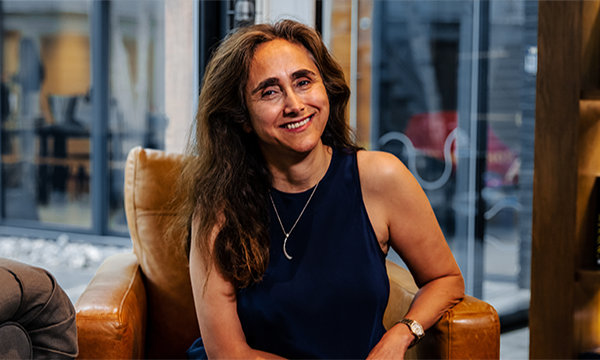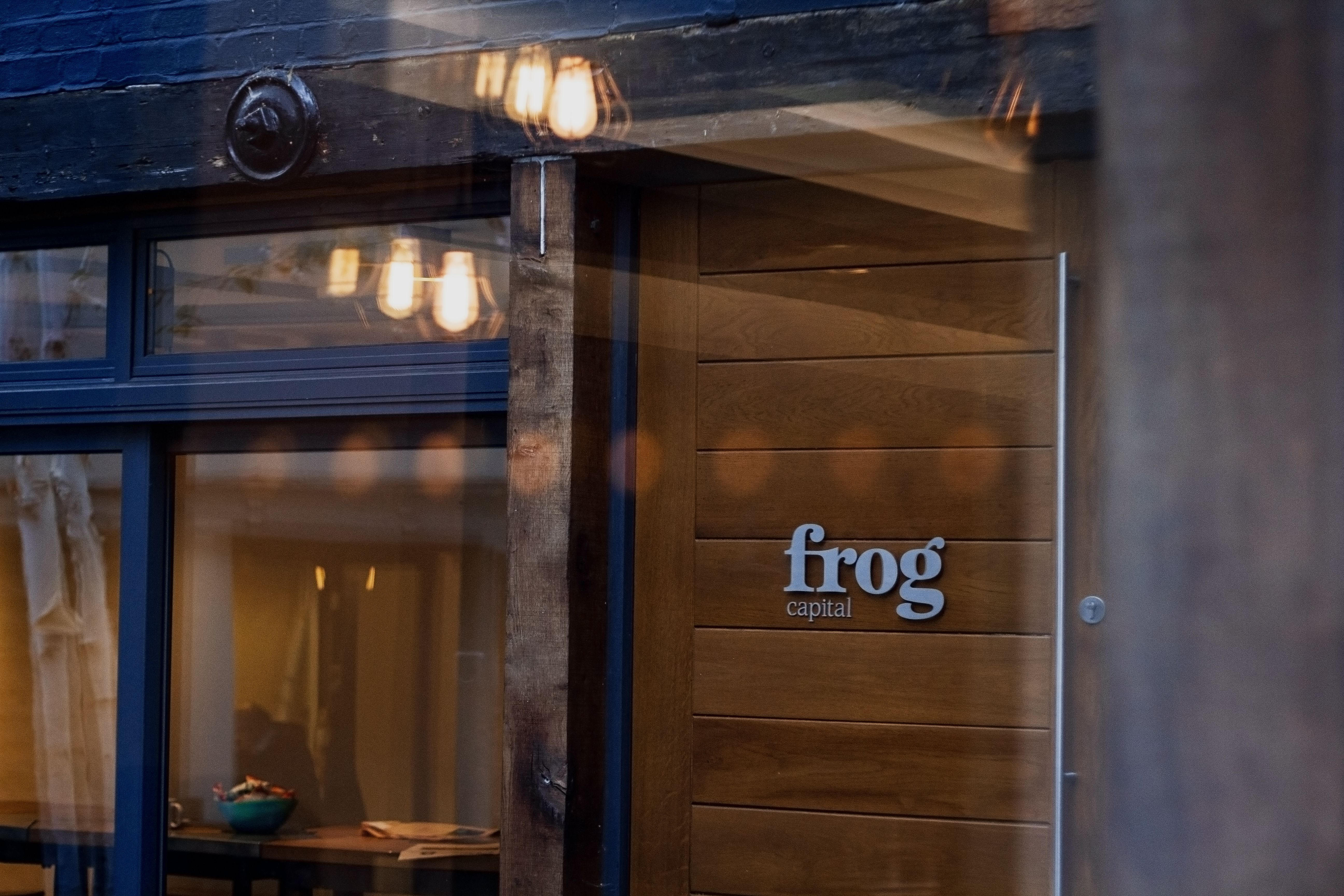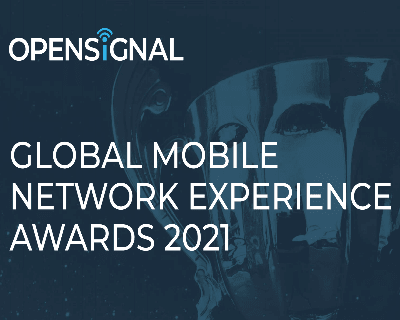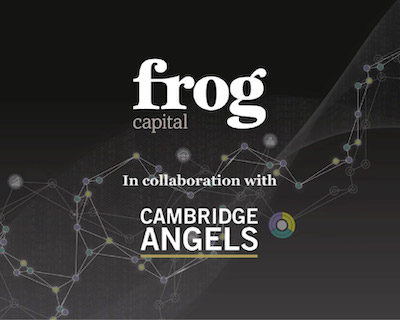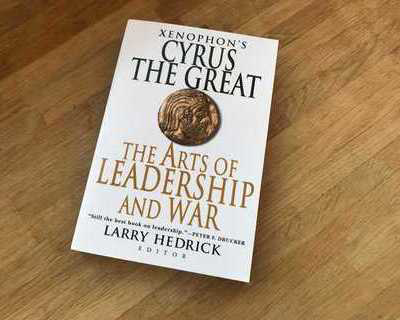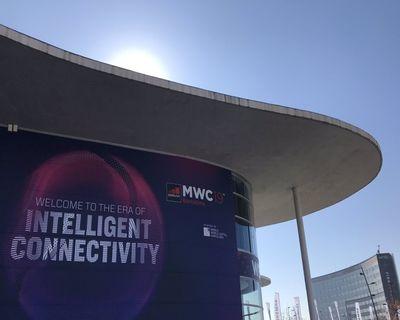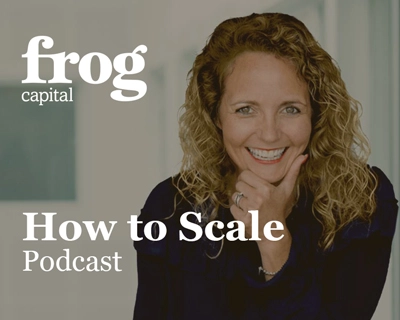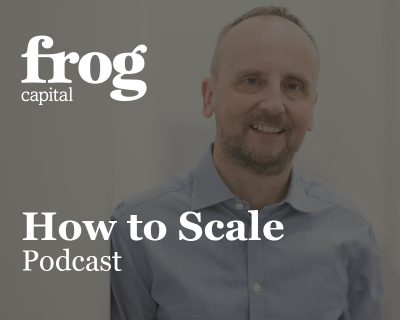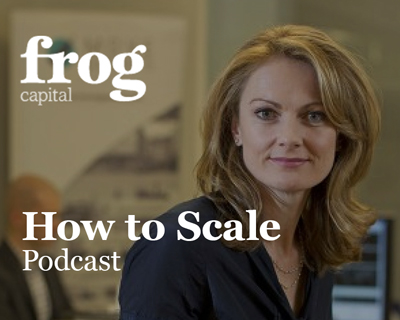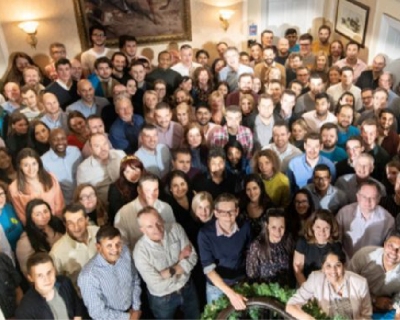As a former CEO I know exactly what it takes to succeed in the scale-up phase. From the “garage stage” of founding Arieso through to a multi-million exit, I experienced the entrepreneurial highs and lows that come with growing your own business.
Knowing the right moment in time to exit the business requires a lot of strategic reflection. How do I maximise the company’s success? Who do I sell to?
What was the motivation for setting up Arieso?
I started the company because I saw an opportunity, a gap in the market. I saw that I could build a product to address mobile operators’ need and make a business out of it. There was a problem, I saw it coming and I knew how to solve it.
I didn’t know how big the business might become but I knew it was interesting enough to spend time on.
Did you always plan to sell your business – was that always the ultimate goal?
I wanted to maximise wealth and value for the business as much as possible. Because of this, I always knew that there was going to be an exit at some point.
I knew the business was not IPOable (the market wasn’t large enough) and PE exit typically doesn’t maximise value, so I focused on setting the business up to be as appealing to potential strategic buyers as possible from the start.
How can a CEO best prepare for an exit with a strategic buyer? What is most important?
First and foremost, the business must have strong performance and tight execution.
I knew I had to hit specific milestones (e.g. X number of tier-1 customers) to interest the biggest strategic buyers. I needed to have 50%+ annual growth with sustainable positive EBITDA to demonstrate it was a viable business. I needed to make sure we were number one in our market segment to be able to get the most attractive multiple.
Strategic marketing and corporate communication are also a big part of this. We knew bigger players were getting interested in our space when they started proactively visiting our stand at major congresses.
Once I’d hit all these milestones, I started preparing the company for an exit. I didn’t know if it was going to happen anytime soon but I knew we had created something of strategic value and we needed to be ready.
It was an encompassing preparation for the entire business.
- We leveraged our network to get help with preparing our data room well in advance. It was ready 6 months before we needed it and based on a precedent information request list from one of the most demanding of our potential strategic buyers
- We brought in consultants with experience in technical due diligence for strategic M&A on the buy-side to train us and run practice sessions
- We learnt how high the bar was. Through that process, we could then nail every technical question and have the data to back it up when the time came to meet with buyers
- 9 months before receiving the first offer, we selected Arma Partners as our M&A advisor. However, we did not officially appoint them until we had our first pre-emptive acquisition offer. We specifically instructed them not to speak to any potential buyers as we did not want to have any misunderstanding in the market that we were for sale
- Our M&A advisors instead spent their energy working closely with our CFO and finance team to get them prepared
- Throughout all this preparation, I methodically arranged senior-level meetings with our top 10-15 potential buyers
- I kept the conversations only around partnership opportunities rather than M&A. I would of course tell them high-level information like we grew by 80% last year and are on target to repeat that this year. I would drop the names of our tier-1 customers
- Most importantly though, I would try and find out what was strategically important to them. It was critical that I had a strategic angle otherwise I would not waste any more time
- Throughout the conversations I gave them the sense that the longer they waited the more expensive the asset would become. This eventually resulted in a first offer, an unsolicited inbound
- On the back of that offer, we officially appointed the M&A advisor and went out to the market with an accelerated process, which created competition in order to maximise value
- One final very important preparation element was realigning our corporate communication
- We began to shift our corporate messaging from a focus on customer acquisition to an angle that would resonate more with potential strategic buyers
- We started talking about the future and our vision, and we aligned our language with what was strategic to our buyers. We ensured that all our external facing material, our website and PR reinforced this messaging
Which 3 things can maximise your chances of success in a sales process to a strategic buyer?
- Everyone on the Board must be aligned, particularly on the minimum value shareholders are willing to sell. Managing the investors throughout the entire process is critical and allows you to take the most critical decisions quickly.
- As soon as you grant exclusivity to a buyer, you need to be quick to close and ensure the company is continuing to deliver though the due diligence phase. We only allowed 2 weeks’ exclusivity.
- While management team is distracted with due diligence, you need to build a second-layer senior team to continue delivering and running the business. The due diligence phase from a global strategic buyer is extremely intense. We had more than 30 people from the buyer coming to the company. The CEO and the management team were completely tasked away. You need to be able to sustain this level of distraction and still hit your numbers. Any wobble on execution will set everything back and could derail the whole process.
What was your experience like after acquisition?
We did a lot of work with the acquirer to make sure the transition was as smooth as possible. They were very mindful not to stifle our momentum and growth, which was very important to them and to us.
Despite having a very sensitive acquirer, becoming part of a bigger business can be a bit of a culture shock. I found myself shifting my time focus from being 60-70% focused externally on driving the business with customers to having to be 70-80% focused internally. I was having to attend many more meetings, all internal. When you sell to a public company, expect that there will be a significant reporting burden, as well as new rules and processes to follow.
Integration can slow down sales momentum. Given our acquirer was a US public company, the legal and finance integration were particularly challenging.
Everything had to be redone using the acquirer’s standard on revenue recognition and this ultimately lead to specific terms that had to be renegotiated with existing customers as well as new customers. This created some friction in closing new deals, and a lot of work in terms of existing deals. Managing synergies and expectations is also critical. For example, combining sales teams can be a challenge, particularly when they have different types of expertise (e.g. transactional vs. enterprise sales).
After the transaction, my objective was to ensure that the integration was complete and that my team had found a good new home. After 18 months working at the acquirer, I decided that a large corporate organisation wasn’t the right working environment for me, so I moved on to my next challenge.
Though I decided to move on, I know that a lot of great people remained and thrived as part of the acquiring company. My greatest personal satisfaction comes from the fact that Arieso continues to be a strong performing business unit within the acquirer – the legacy lives on.

